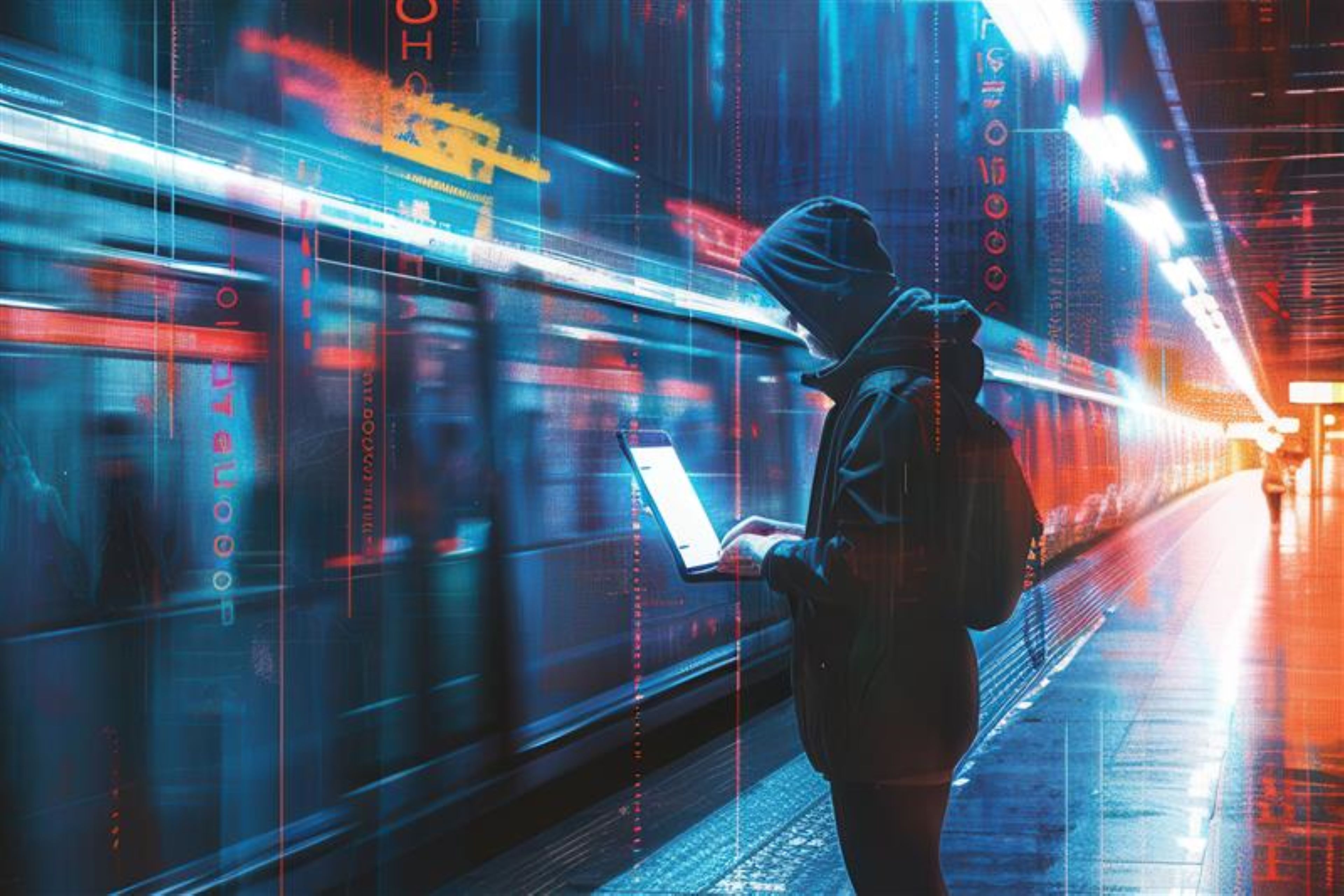EY refers to the global organization, and may refer to one or more, of the member firms of Ernst & Young Global Limited, each of which is a separate legal entity. Ernst & Young Global Limited, a UK company limited by guarantee, does not provide services to clients.

Hybrid model of working has led to surfacing of issues such as moonlighting - holding one or more jobs during the course of regular employment.
In brief
- Moonlighting refers to holding one or more jobs during the course of regular employment.
- The trend can be seen predominantly in the technology sector in India.
- Moonlighting can lead to loss of revenue, generate a potential conflict of interest, and result in integrity issues for organizations.
The pandemic has caused a seismic shift in the way organizations work panning from the tangible technical aspects to the intangible aspects of enabling a conducive work environment - even when working remotely.
Many organizations have relooked at day-to-day operations and as organizations encourage employees to head back to office or/and follow a hybrid model in the new normal, issues like moonlighting have started surfacing in India. Instances of professionals enjoying the perks of dual employment are brewing across many sectors, especially the technology sector.
We are all walking a tight rope with ample room for controls, compliance, and governance frameworks to evolve. The pre-pandemic and post-pandemic controls need to be different. If the controls do not change, they can inadvertently cause loopholes resulting in dual employment. Increasing number of employees exploring opportunities outside of their traditional working hours or employment terms has made moonlighting a common phenomenon across industries. Moonlighting simply means holding one or more jobs during the course of regular employment. The absence of a specific provision to curtail dual employment in India adds to the issue as the mandate is only applicable to workmen and not to working professionals. There is a healthy debate taking place in the industry on whether or not to permit moonlighting. Every organization has a code of business conduct, and in my view, its crucial to educate employees on the dos and don’ts.
Moonlighting has a very evident and apparent causal relationship with innate lapse in controls, policies and frameworks of an organization. Being forensic professionals, our traditional role in an organization is constantly evolving and challenged at every stage of the employment lifecycle as well. From addressing issues reactively, its important for organizations to move to adopt a more proactive approach in tackling these challenges and forensic professionals can play a key role in helping them identify issues real time rather than post-mortem.
There are certain indicators of moonlighting that often breed possible scenarios related to employee performance like – avoiding in-person meetings, increased requests to work from home, leaving important virtual meetings unannounced, resistance towards periodic shift rotations to cite a few.
To curb this growing issue of moonlighting i.e., dual employment we must be proactive in our outlook and subsequently enforcing our measures. A sophisticated blend of workforce analytics tools and a comprehensive anti-moonlighting framework can yield better and improved results.
Companies must ensure that there is periodic and real time collection and assessment of crucial data points like – idle time, machine active time, significant time being spent on website etc. with the use of workforce analytics. Something as simple as tracking work from home requests, change in shift timings, mandatory trainings, and learnings, should be monitored. Creating a controlled environment for regularised trainings for managers on moonlighting and modes to report the same to HR. EY has developed a tool to identify moonlighting using public source databases and social media analytics as the only way to address this issue is by leveraging technology.
Moonlighting is increasingly prevalent in the industry and has caused organizations to combat it head on. The industry consensus says that there is loss of revenue, potential conflicts of interest and integrity issues with the workforce. In addition, moonlighting also causes potential health and safety issues which need to be addressed by organizations.
(The article first appeared on economictimes.com on 23 September 2022.)
Summary
The need of the hour is for companies to think strategically, use technology to identify lapses proactively, and communicate the dos and don'ts to employees to avoid confusion about what is right and what is wrong.
How EY can help
-
Our EY Trusted Verification services can help your business fast and reliable employment background checks.. Learn more.
Read more -
EY Virtual Ethics & Compliance Manager can help manage compliance, ethics and investigations functions cost-effectively. Learn how.
Read more -
Our professionals can help you establish workforce analytics that can inform regular action planning, reporting and ongoing program oversight. Learn more.
Read more



